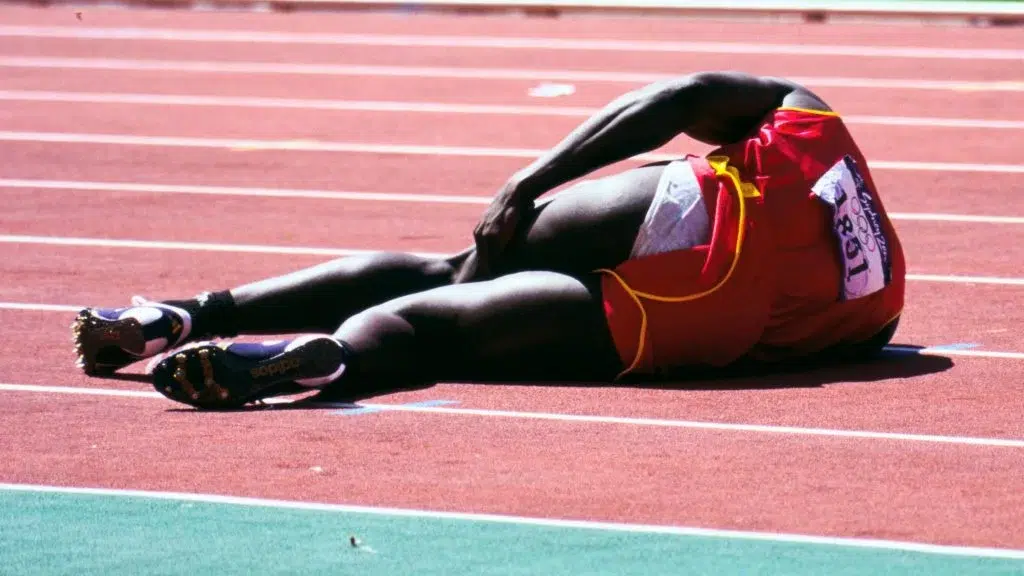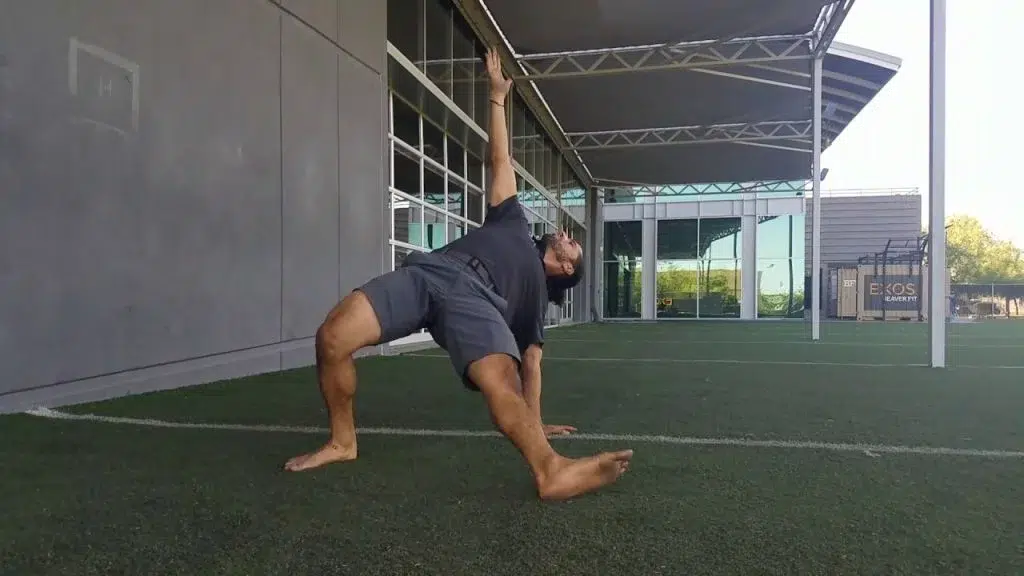What is Injury Prevention and Management?
Injury prevention and Management is the effort in trying to reduce the risk or severity of an injury. This can be done by going through good practice such as proper warmups and cooldowns, nutrition and sleep. Athletes face the risk of getting injured every single training day, regardless of whether one is a bodybuilder, powerlifter, MMA fighter, etc. A research study done by (Keogh & Winwood, 2016) found that out of the most common weight-training sports, bodybuilding has an injury rate of 0.12 to 0.17 injuries per year, while powerlifting has an injury rate of 1-2 per year. Hence, it is extremely important for athletes to gain knowledge on prevention and management of an injury should one suffer from one.
Types of injuries
The types of injuries include sprains, dislocations, fractures and tears. These could be caused by sport activities during training, competition, or even while performing activities of daily living. For athletes, the two most common types of injury will be located at the lower back and the knee. Lower back pain caused from ligament or muscle sprains, herniated discs is common for powerlifters due to heavy loads used in training even when proper warmup is being prescribed and executed. ACL tears are extremely common in runners, footballers and basketballers, where lots of stress are being placed on the knee when sprinting or running up and down the court, field or track.

The Psychology of Injury Prevention & Management in Sports
Having the right mindset when managing an injury is extremely critical. The truth is that no athlete likes to or wants to get injured. Not only does it cause pain and discomfort, but it also prevents an athlete from going back to training and progress. Especially when an athlete gets injured prior to a major competition, it can be extremely hard on the athlete to focus on managing and injury due to emotions such as dissatisfaction, anger, regret, etc. Such emotions can affect the recovery of an athlete mainly due to being in denial, trying to go back to training with an injury. Recovering from an injury does require patience and proper progressions that can be integrated into the rehabilitation programme. However, even with the best rehabilitation or strength training programme, an athlete with a poor mindset will not be able to recover effectively. For example, an athlete who just recovered from a lower back injury from deadlifting. He is currently no longer experiencing any pain and decides to return to deadlifting. However, he immediately goes back to where he left off at 210kg as his top set. He then experiences pain after the set and finds himself re-injured again. This is a great example of poor psychology affecting the management of an injury. Despite the athlete not experiencing any pain from his past injury, he did not take the proper steps to progression probably due to some sort of emotional attachment to his old numbers (ego). Therefore, being able to stay objective and having the right mindset when managing an injury is
extremely crucial.
Phenomenal Steps to Take to Recover from ANY Injury

Warming Up
Prevention is always the best medicine. The simplest way to prevent any injury is doing a proper warmup
before a training session. A study done by (Fradkin et al, 2006) found that simply elevating the heart rate
before a training session reduces the risk of injury. Hence, hopping on a cardio machine for 5 to 10
minutes to elevate the heart rate slightly before training can reduce the risk. Therefore, the first step is to
always conduct a proper warmup before any form of exercise.
Emotional Attachment
Secondly, when injured, do not ever get emotionally attached to past performance. For a sprinter, it could
be his 100-metre timing. For a powerlifter, it could be the weight of his lifts, etc. Emotional attachment to
past performance as mentioned earlier causes nothing but a higher risk of re-injury or further injury.
Hence, being disciplined enough to slowly progress instead of jumping right back to one’s original
training intensity is crucial.
Change goals
Thirdly, being able to switch up goals when injured. For example, a powerlifter who gets injured can
focus on hypertrophic movements with lower weight and higher time under tension for example. This can
allow the powerlifter to train without pain and direct himself to a different set of goals, allowing the
athlete to not get distracted by his past performance (emotional attachment). Not only can the athlete
maintain some strength doing this, it can in turn help him achieve a better physique in the meanwhile
instead of focusing on the big three (Bench Press, Squat, Deadlift).
Recovery Gear
Fourth step is to be careful with recovery gear such as foam rollers or massage balls. Many individuals
believe that they can roll out of an injury with the use of a massage ball or foam roller. However, it is
always best to look for professional guidance and treatment. Improper foam rolling can cause an injury to
worsen such as nerve irritations, bruising etc. Another example are weightlifting belts and knee sleeves.
These equipment are not designed to allow one to train with an injury, but to stabilize and potentially
improve an athlete’s performance. Hence, if one needs to rely on this equipment to train without pain, it is
a better idea to step out of the gym or training ground and opt for longer recovery or slower progressions
before returning.
Rebuilding Confidence
Lastly, an athlete needs to rebuild confidence in himself. Once an athlete is fully recovered and is able to
train without pain or discomfort, scaling performance can happen. As much as an athlete needs to
progress slowly, one should not be limited and held back on progress. Being able to rebuild self-efficacy
and being confident in training without pain through movements that use to cause pain or discomfort is
extremely important. For example, a long-distance runner with patellofemoral syndrome can get back into
training by taking shorter distance runs for weeks or months to rebuild confidence on being able to run
without pain before getting back into the original distance.
References
Keogh, J. W. L., & Winwood, P. W. (2016, June 21). The Epidemiology of Injuries Across the Weight-
Training Sports. Sports Medicine, 47(3), 479–501. https://doi.org/10.1007/s40279-016-0575-0
A.J Fradkin, B.J Gabbe, P.A Cameron. (2016, May 6) Does Warming Up Prevent Injury in Sport?
10.1016/j.jsams.2006.03.026
[starbox]- Exploring Deep Tissue Massage Services in Singapore - December 1, 2023
- Sports Therapy: Restoring Health and Mobility - November 16, 2023
- Rehab Training Guide: Recovery Programs & Techniques - September 15, 2023

3 Responses